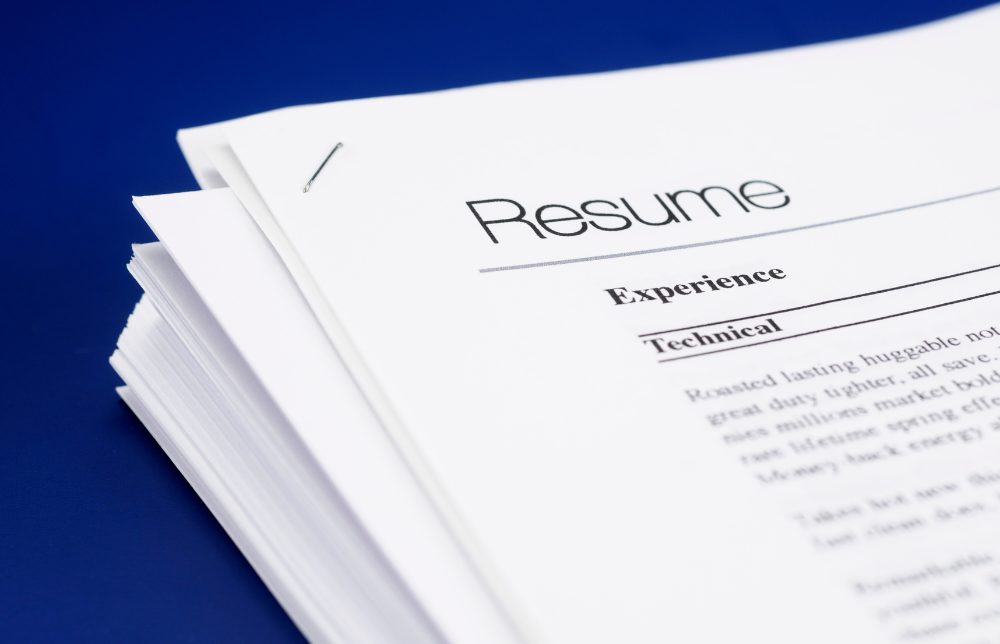Internal Mobility: How to Expand Your Talent Pool
Internal mobility is one of the most cost-effective ways to ensure your best people’s skills are maximised in the workplace. Despite that, it’s often misunderstood and underutilised. In fact, according ...

Internal mobility is one of the most cost-effective ways to ensure your best people’s skills are maximised in the workplace. Despite that, it’s often misunderstood and underutilised. In fact, according to a study by Deloitte Insights, 76% of organisations believe that internal mobility is important yet only 6% say they are adequately mobilising talent between roles.
In a tight recruitment market, maximising the full potential of your internal talent is particularly important. Recruiting externally through the traditional means will continue to be an expensive and time-consuming process next year due to the high competition for skills in Australia and New Zealand. So what is internal mobility and why is it so important for businesses in 2023?
What is internal mobility?
In short, internal mobility is the process of moving staff between different roles within the same organisation. While internal moves can happen naturally, having an internal talent mobility strategy sets out a clear framework for how to carry out that talent mobilisation – whether staff are moving vertically or laterally between roles.
Here’s a simple example. Consider the President of a company taking over from the retiring CEO. That’s a vertical (upwards) movement, from the second in charge to the head of the company. Alternatively, if one senior manager in a department moves to a different department but retains the same level of seniority, then that is an example of lateral internal mobility.
Ultimately, internal mobility is about looking inward, rather than just outward, when you need to fill an open role. Instead of pouring money into a hiring round, you canvas your existing talent pool first to find someone who is skilled, qualified and passionate enough to step into that position. Alternatively, you may find an employee who holds related or similar skills, and has the desire to learn in order to move into the open role.
What are the benefits of internal mobility?
1. Less time and money spent on hiring
Replacing an outgoing employee with an external candidate is expensive – in fact, if they are a high performer it could cost up to four times the employee’s salary to replace them, according to recruitment experts.
Looking internally offers an additional pool of recruits who you might have overlooked in the past. Considering the cost of recruiting, it makes good financial sense to source internally among the existing staff wherever possible. These people understand how the company operates, will be able to transition to their new role much faster, and won’t have to go through an extensive hiring and onboarding process.
That’s not to say all roles can be filled internally. In some circumstances, the skillset the business requires is too niche or you may not have enough time to train up an existing employee. But by canvasing your internal talent base first, you can recruit externally knowing it is your best option, rather than your only one.
2. Broaden your staff’s skill set
Organisations with a robust internal talent mobility strategy ensure their existing employees have an easy and accessible way to expand their current skillset. Making lateral and vertical moves within the company provides opportunities to upskill, reskill and develop their knowledge beyond their current role. This offers benefits to both the organisation and the employee, as career development can be a powerful retention driver.
3. Exceed hiring targets
Recent research into developing a high-quality talent pipeline found that the majority of companies aren’t taking advantage of their internal databases. In many cases, HR is hamstrung by factors beyond their control. Whether it’s managers hoarding the most talented members of their teams, a lack of visibility into available opportunities, or simply clunky software making internal recruitment a struggle, hiring from within frequently hits roadblocks.
But when you start using the right recruitment and retention software with career-pathing tools, your HR department can quickly uncover the best internal talent without needing to revert to hiring externally.
ELMO Recruitment enables talent acquisition teams to build internal talent pools and visualise the existing skillsets within their business. With candidate profiles and easy-to-use workflows, it’s simple to build internal mobility into the recruitment practice. What’s more, ELMO Recruitment integrates with the entire suite of modules including ELMO Performance Management, Succession, and Learning Management to implement an end-to-end internal talent strategy.
How to build an internal mobility program
Having outlined the key benefits of an internal talent mobility strategy, it’s time to turn the concept into a reality. While there will be differences depending on the industry in which you operate, the size of your business, your HR budget and your current recruitment strategy, there are a few key steps to building an internal mobility program:
Pool your internal resources
Enabling internal mobility requires people-power, so depending on the size of your HR department you may need to appoint someone to manage internal mobility full-time. This person will be responsible for collating and organising employee profiles, as well mapping out moves, getting managers onboard and educating staff.
Upskill staff
Cross-training your employees across a variety of roles can enable them to jump into open positions whenever the need arises. Even if cross-training doesn’t result in the employee making a lateral or vertical move, they will still come away with a more diverse skillset and better organisational flexibility. Using a cloud-based Learning Management Solution can help to streamline the admin involved with Learning & Development.
Outline internal transition types
While on the surface internal mobility may appear to be only about promotions and sideways transfers, there are other ways to tap into your internal talent pool. From job swaps to mentoring to cross-team projects, there are various avenues to explore. Carrying out succession planning helps managers and their employees to explore their next career move.
Educate senior decision-makers on internal mobility
Your managers and senior decision-makers need to understand how internal mobility works – and how it will super-charge your organisation – in order for it to be a success. Ensure your HR team has the time to educate others on the value of creating internal mobility opportunities.
You don’t need to dip into your hiring budget every time a position opens up. Instead, look to your existing pool of employees and leverage your internal talent mobility strategy to find the ideal candidate from within.
Visit the ELMO website to find out more about how an integrated HRIS can help your organisation to unleash your people’s potential.
ELMO Software is a cloud-based solution that helps thousands of organisations across Australia, New Zealand and the United Kingdom to effectively manage their people, process and pay. ELMO solutions span the entire employee lifecycle from ‘hire to retire’. They can be used together or stand-alone, and are configurable according to an organisation’s unique processes and workflows. Automate and streamline your operations to reduce costs, increase efficiency and bolster productivity. For further information, contact us.
 HR Core
HR Core 









